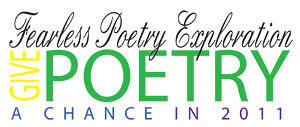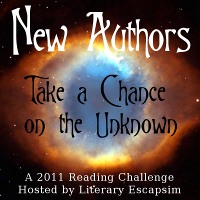
Many of these poems are like gazing through a lit windowpane at the wildness of nature, watching it from afar and not interacting or obstructing it — enabling it to just be. Frischkorn’s lines are short, yet powerful in that readers immediately picture the scene and the action. Upon further reflection, they come to see the message beneath the lines — from preserving nature to decrying the harm that has come to nature at the hands of humanity.
Youth Drowns in Housatonic River (page 4)
He swam across
the inlet near Beard’s Island,and I was lying in my river bed
watching light ripple the surface.I saw him swim a straight line
through the sun. I had no choicebut to eat fish from the river,
and the soil, it finds its way intomy skin. I am the river and the river
is contaminated. The river is dyingand I am dying. His body was lean
and strong, yet the cold shut downhis circulation. His arms. His legs.
Please tell his mother I brushedthe hair from his forehead and sang
sweet songs until the divers camea day later. Tell her, he swam a straight line.
In “Youth Drowns in Housatonic River,” the narrator not only becomes the river, but also tells the tale of a drowning youth and the interconnectedness of humans and their environment. “The river is dying/and I am dying,” shows this connection, as do the lines in which the narrator is eating fish from the contaminated river. Frischkorn’s images grown up and out, twisting around the reader, weaving a scene that gets under the skin and causes readers to rethink their own actions toward the environment. A perfect example of this is her poem “‘A Stone, A Leaf, An Unfound Door,’ T. Wolfe.” The narrator talks about being reincarnated as a stone, a leaf, and unfound door, and through each scene readers see how easily a stone or a leaf can be treasured one moment and either discarded or forgotten in the next moment.
Overall, Lit Windowpane by Suzanne Frischkorn is a collection that seeks to quietly raise awareness among its readers, while cultivating a new appreciation for the beauty and mystery of the natural world.
About the Poet:
Suzanne Frischkorn is the author of Girl on a Bridge (2010), and Lit Windowpane (2008) both from Main Street Rag Publishing. In addition she is the author of five chapbooks, most recently American Flamingo (2008).
Her poems have appeared in numerous journals and anthologies including Ecotone, Indiana Review, Margie, Verse Daily, and other publications. She has new poems forthcoming, or in the current issues of Barn Owl Review, Copper Nickel, North American Review, PALABRA, Printer’s Devil Review, and Puerto del Sol.
From 2001 to 2005 she served as an editor for Samsära Quarterly and is currently an Assistant Editor for Anti-.
A 2009 Emerging Writers Fellow of The Writer’s Center, her honors also include the Aldrich Poetry Award for her chapbook, Spring Tide, selected by Mary Oliver, and an Individual Artist Fellowship from the Connecticut Commission on Culture & Tourism.
This is my 11th book for the Fearless Poetry Exploration Reading Challenge.
This is my 18th book for the 2011 New Authors Reading Challenge.
This is my 10th book for the 2011 Wish I’d Read That Challenge. I’ve wanted to read this since the poet sent it to me for review, but life got in the way.






I think I’d really like this one. The language is simply on the surface, but says so much and is beautiful. Thanks for sharing.